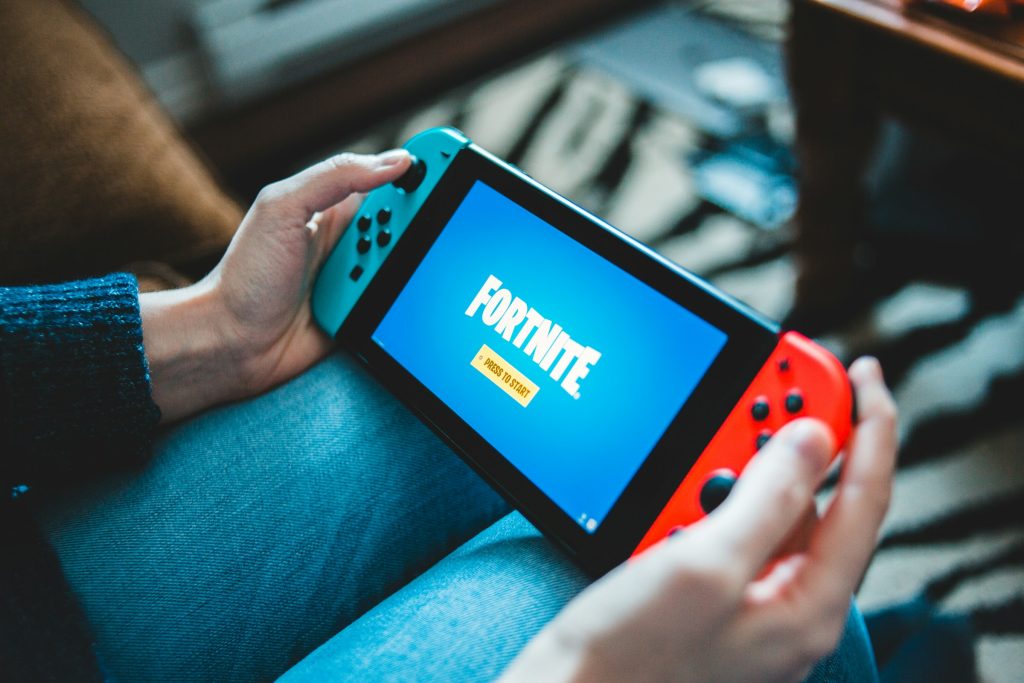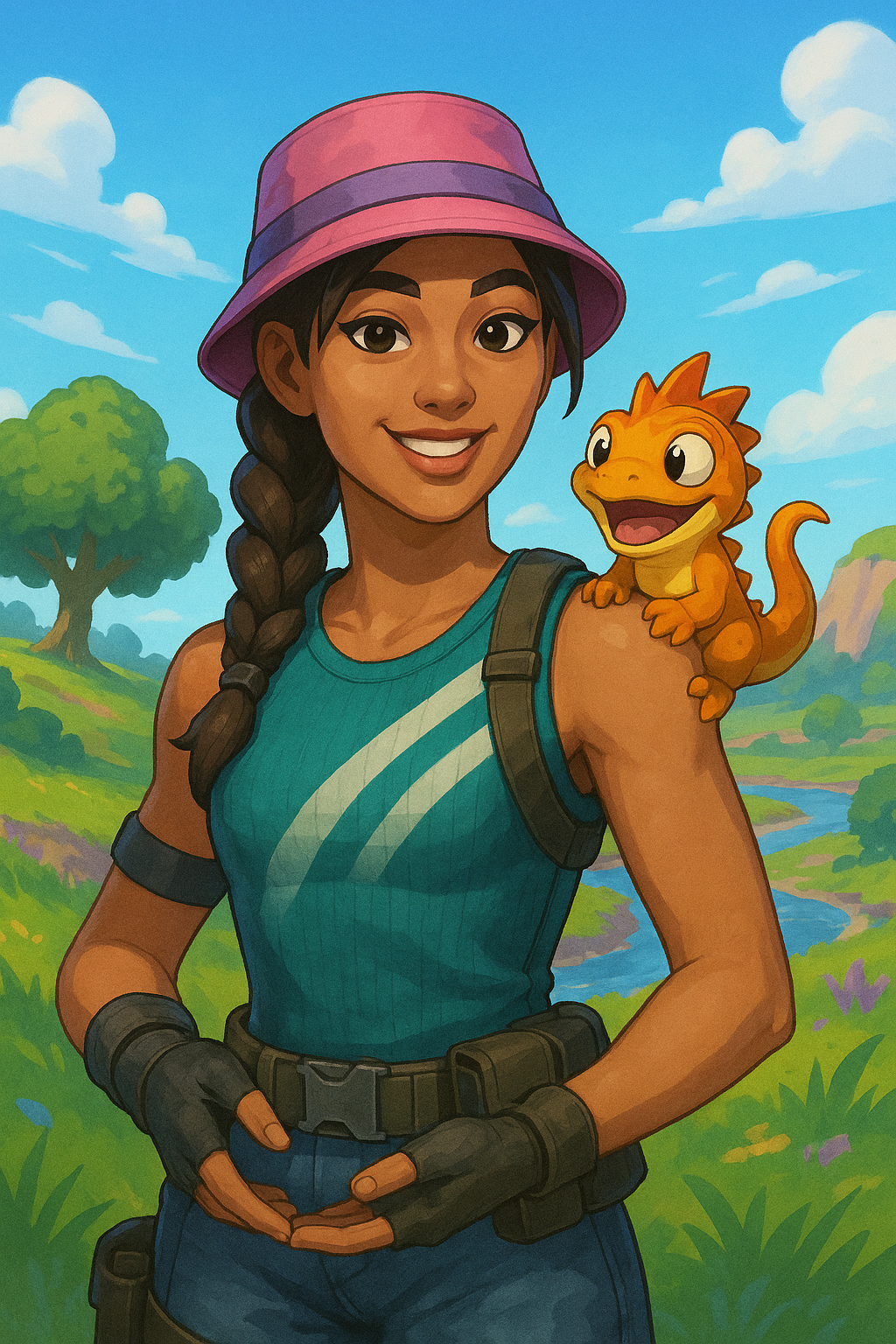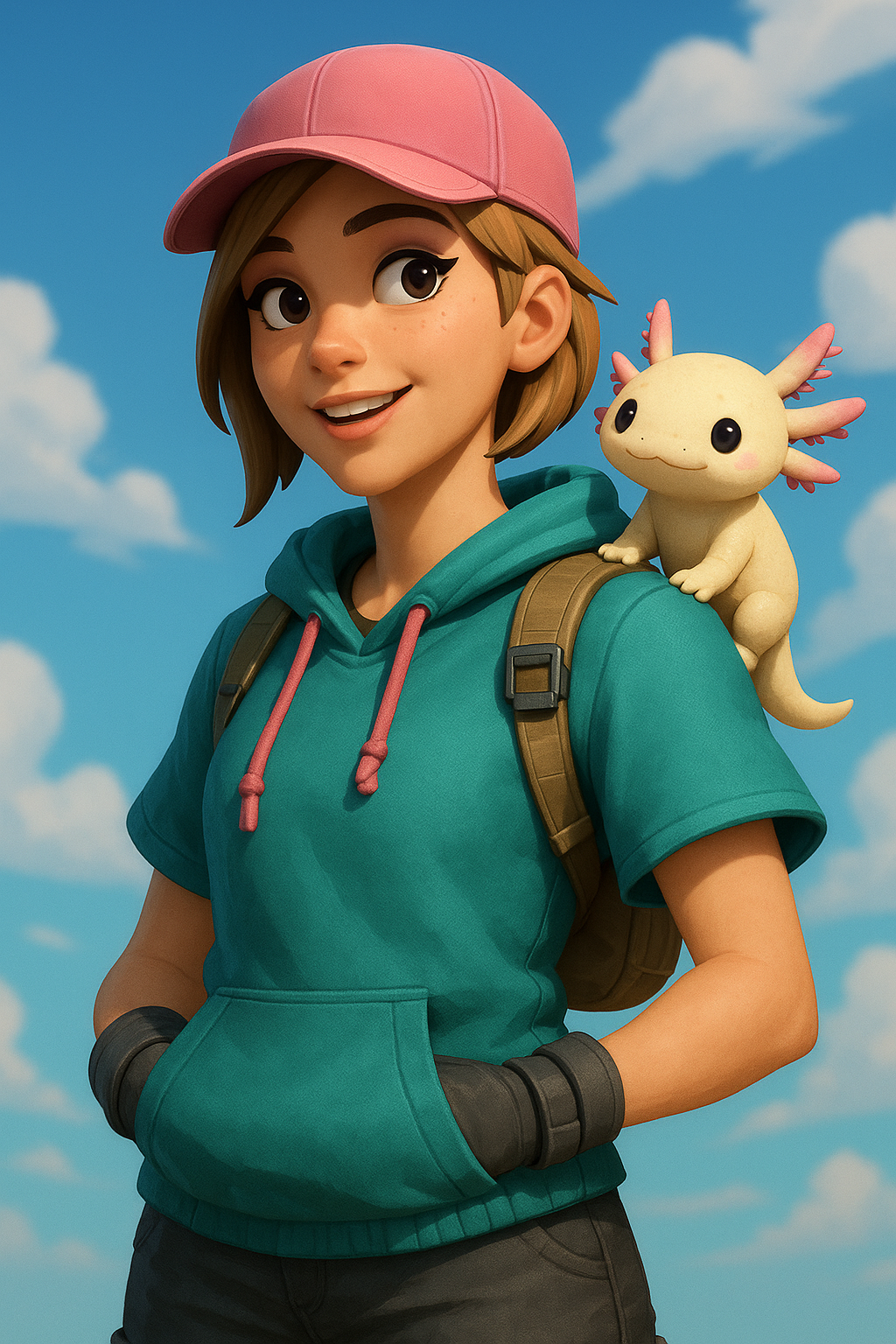In the ever-evolving landscape of Fortnite, personalization has become almost as important as combat. From skins to gliders, from wraps to emotes, players continue to curate their perfect look. But one cosmetic category stands out not for flash, but for charm. Pets in Fortnite may ride on your back, but they pull weight far beyond their slot. Whether it’s for personality, nostalgia, or sheer absurdity, pets serve as in-game statements. And while many players browse this site to track cosmetic rarities or build out collections, others know that some pets simply rise above the rest. This guide explores what truly makes a pet stand out, why certain companions leave a lasting mark on the community, and how Epic Games has quietly turned them into cultural staples within the Battle Royale loop.
The Aesthetic Attachment
When Epic Games introduced pets during Chapter 1, Season 6, it marked a shift in how cosmetics impacted the player experience. Unlike pickaxes or weapon wraps that directly affect visibility or aim comfort, pets are passive observers. They don’t grant in-game advantages. Instead, they offer an emotional and stylistic layer that deepens the bond players have with their loadout. A pet becomes part of your identity—whether you’re pushing for a Victory Royale or just vibing during downtime in Party Royale.
What separates the top-tier pets from the forgettable ones often boils down to three things: animation, adaptability, and character. Some pets react to player movement, damage, and eliminations, offering a layer of immersion that makes the game feel responsive. Others fit seamlessly with multiple outfits, allowing players to maintain aesthetic cohesion no matter what they’re wearing. And then there are pets with built-in narratives—those tied to story events, collaborations, or seasonal lore. These companions tap into the mythology of Fortnite, and owning them signals more than style—it signals status.
Not every pet reaches that status. Many remain niche or forgotten, relegated to the back pages of locker scrolls. But a select few have managed to transcend the norm. They’ve sparked memes, driven sales of entire Battle Passes, and even influenced fan fiction and cinematic trailers. Epic Games knows this, too. In recent seasons, they’ve begun to subtly reintroduce legacy pets through remix styles and bundle incentives. While they’re not as omnipresent as skins or emotes, their scarcity only adds to their cachet. And it’s that scarcity, combined with emotional value, that keeps players asking: which pets really matter?
From Cosmetic to Companion
A great Fortnite pet isn’t just something that hangs on your back—it’s something that reacts to your game. Pets like Bonesy or Scales set the bar early by including reactions to combat or idle animations, making them feel alive. When you’re in a tense firefight and your dog flinches or your dragon growls, it sells the illusion that you’re not alone on the battlefield. This subtle integration creates a powerful feedback loop between character and companion. The top pets double as both aesthetic and interactive layers, elevating them above static back bling.
This interactivity has even evolved over time. Some pets now come with alternate styles, unlocking through gameplay or tied to specific quests. Others have dynamic color shifts that respond to actions like building or taking storm damage. The more reactive a pet is, the more immersive the experience becomes. And while they remain purely cosmetic, many players swear by their pet’s presence for morale or focus.
Interestingly, Epic rarely telegraphs the depth of a pet before release. Often, it’s only after weeks of community testing that a pet’s full range of animations or sound effects is revealed. In some cases, players rely on community videos, data miners, or even third-party tools (occasionally affiliated with services like PlayHub) to uncover these details. It’s a strange kind of grassroots quality assurance, where the fandom becomes the arbiter of value. And when a pet gains that kind of cult status, it often reappears in remixed formats, crossovers, or Battle Pass cameos.
The Power of Personal Mythology
What drives a player to keep the same pet for hundreds of matches? It’s not utility—it’s attachment. Over time, pets accrue meaning through shared experience. A player who first achieved a Crowned Victory with a specific pet may associate that win with the pet itself. And so begins the loop of personalization. These aren’t just cosmetics; they’re avatars of memory.
Some pets gain narrative heft through seasonal relevance. For example, a Halloween-themed pet worn during a Spooky Royale event might become a symbol of that entire season for a player. Others, like crossover pets, carry the weight of franchise affiliation. When Baby Yoda first appeared, it wasn’t just a Star Wars nod—it was a global pop culture event baked into a back bling. Players didn’t just want the utility—they wanted to be part of the moment.
Then there’s nostalgia. For long-time players, early pets like Hamirez or Remus represent a different era of Fortnite. Wearing them isn’t about trend—it’s about tribute. And because many of these legacy pets are now unobtainable, they’ve become status symbols. Like rare pickaxes or vaulted skins, certain pets communicate seniority. They say: “I’ve been here. I’ve seen things.” In the world of fast cycles and rotating shops, permanence is rare. A pet that lasts becomes a relic.
Integration Into the Creative Loop
Epic Games’ ongoing support of Creative Mode has allowed pets to infiltrate player-generated content in unexpected ways. From roleplay maps to cinematic machinima, pets have become characters in their own right. They’ve starred in island intros, featured in parkour challenges, and even served as easter eggs in creator hubs.
Because Creative Mode allows for fine-tuned animation and character control, players have crafted entire narratives around their pets. A dragon that once perched passively on a shoulder becomes a major plot device in a player-made questline. A hamster transforms into a sidekick in a comedic escape map. These integrations underscore the emotional power of pets. They transcend their original function to become playable lore.
It’s a rare form of vertical integration—where Epic creates a cosmetic, the community creates content from it, and Epic then amplifies that content through Discovery and curated features. In some cases, these feedback loops have even influenced future design. There are whispers in the community that certain pet upgrades or evolutions were inspired by high-performing Creative maps. Whether or not this is true, the perception has created an incentive structure. Players don’t just want pets—they want pets that tell stories.
The Social Layer: Flex and Identity
In squad lobbies and public matches, pets offer a quiet form of flex. They’re not as showy as victory crowns or reactive outfits, but among experienced players, they signal taste. Seeing someone roll up with a rare pet—especially one tied to an early Battle Pass or exclusive event—is a cue. It’s a badge. And while Fortnite isn’t pay-to-win, it is very much play-to-prove. A pet like Giddy Gunner might not change the outcome of a firefight, but it will change how you’re perceived.
This layer of identity is subtle but powerful. Much like choosing a rare loading screen or emote, equipping an old-school pet says you’ve been part of the Fortnite journey. It’s a way of showing history. And in an ecosystem where players rotate between modes and creative spaces, pets are one of the few constants. They remain on your back, even when everything else changes.
Interestingly, some players adopt pets based on the mood they want to create. A serious comp session might demand a fierce companion, while casual duos with friends might call for a silly or nostalgic one. The pet becomes part of the vibe-setting process. And when everyone in the lobby syncs up with pets from the same season or event? That’s a shared language.
In some cases, pets even affect how teammates treat you. Anecdotally, players have reported getting more revives or team support when running a nostalgic or popular pet. It’s not scientific, but it speaks to the subtle psychology of cosmetic communication. Just like music taste or clothing style, pets express preference. And preference builds rapport.
Conclusion
The best pets in Fortnite aren’t defined by rarity alone. They’re defined by the meaning we assign them. Through animation, lore, and shared experience, these companions become more than just decorative flair. They become emotional artifacts. Some players use this site to chase down their favorite missing pet, while others wait patiently for Epic to vault them back into relevance. But for those who’ve already found their perfect companion, the journey ends—and begins—with personality. And in a world where cosmetics are king, the right pet doesn’t just complete your look—it completes your story.




